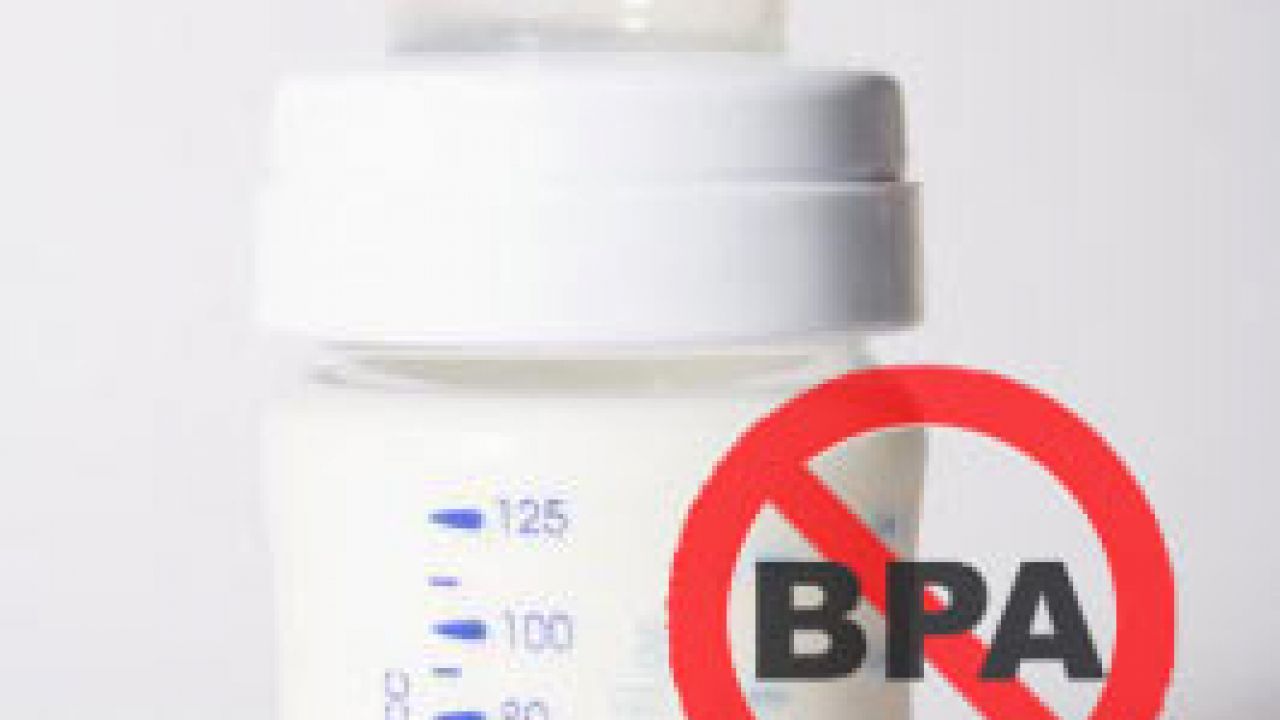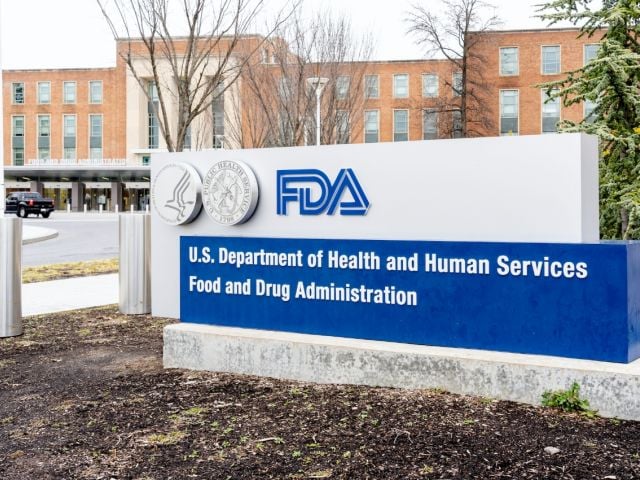
By Alex Formuzis, EWG V-P for Communications
The list of studies highlighting the health risks of the chemical bisphenol A (BPA) grows longer by the week. Of course, all research is important, but a new study by a team of scientists led by Gail S. Prins, Ph.D. of the University of Illinois at Chicago may be the most significant work on BPA in some time.
What is particularly compelling is how the team conducted its research, as well as the particular health hazards it explored.
Bisphenol A is a petrochemical derivative essential to making polycarbonate plastic and epoxy resin. Both materials are unstable. When used in food packaging, such as hard plastic bottles and the epoxy lining of food cans, they break down, leaching BPA into surrounding liquid. This is crucial because BPA is also a synthetic estrogen.
What the Prins research team did that's new The Prins team dosed test rats with just 10 micrograms of BPA per kilogram of body weight -- equivalent to the amount typically found in people. The BPA-treated rats developed prostate inflammation and lesions in adulthood.
Doctors often see the same lesions, called prostate intraepithelial neoplasia, or PIN, in adult men. PIN lesions frequently develop into prostate cancer and are considered a key warning signal for the disease. In 2006, more than 203,000 men were diagnosed with prostate cancer, and more than 28,000 men died from it.
These new findings should nudge the FDA The Prins team's findings bring more pressure to bear on the federal Food and Drug Administration (FDA), which has always insisted that BPA contamination in food and drink is too slight to pose risks to humans. FDA has generally dismissed the many studies that exposed lab animals to vastly greater BPA than people would encounter in everyday life. The Prins study did not rely on massive BPA doses but much smaller amounts relevant to human experience.
FDA and industry scientists have also discounted many studies that have found BPA hazardous to health because researchers had injected lab animals with the chemical. People are assumed to ingest BPA mainly orally, in tainted food and drink. Prins and her team showed that injecting and feeding animals BPA caused the same toxicological impact. Whether the doses were by injection or oral, the study said, adult male rats "exhibited nearly identical, heightened susceptibility to PIN incidence and score."
FDA scientists have argued that when people or animals ingest BPA, it is rapidly detoxified and excreted from the body. But a team of scientists led by Joe M. Braun of the Harvard School of Public Health published a study this month (October 8) in the Journal of Environmental Health Perspectives that found elevated levels of BPA in a group of pregnant women who ate canned vegetables daily.
This research bolsters a 2007 study by Environmental Working Group that found that BPA had leached into more than half of canned foods tested. The analysis concluded that pregnant women could receive significant amounts of BPA from the canned foods in their diets.
Why hasn't FDA restricted BPA in food packaging? On May 9, 2009, The Milwaukee Journal published emails showing that Mitchell Cheeseman, the agency's Acting Director of Food Additive Safety, closely consulted with industry-funded BPA lobbyists. Dr. Cheeseman sought advice from the American Chemistry Council on how to discredit independent studies of BPA toxicity, yet he remains at the helm of the agency's efforts on BPA.
EWG has written FDA Commissioner Margaret Hamburg asking that she and her colleagues take into account both new and illuminating studies as they prepares to make public their updated assessment of BPA. EWG asked Dr. Hamburg to show her commitment to protecting human health "by removing Dr. Cheeseman from work related to this hazardous chemical and by taking action to reduce the public's exposures to BPA."
You can read the full letter (pdf) here:



